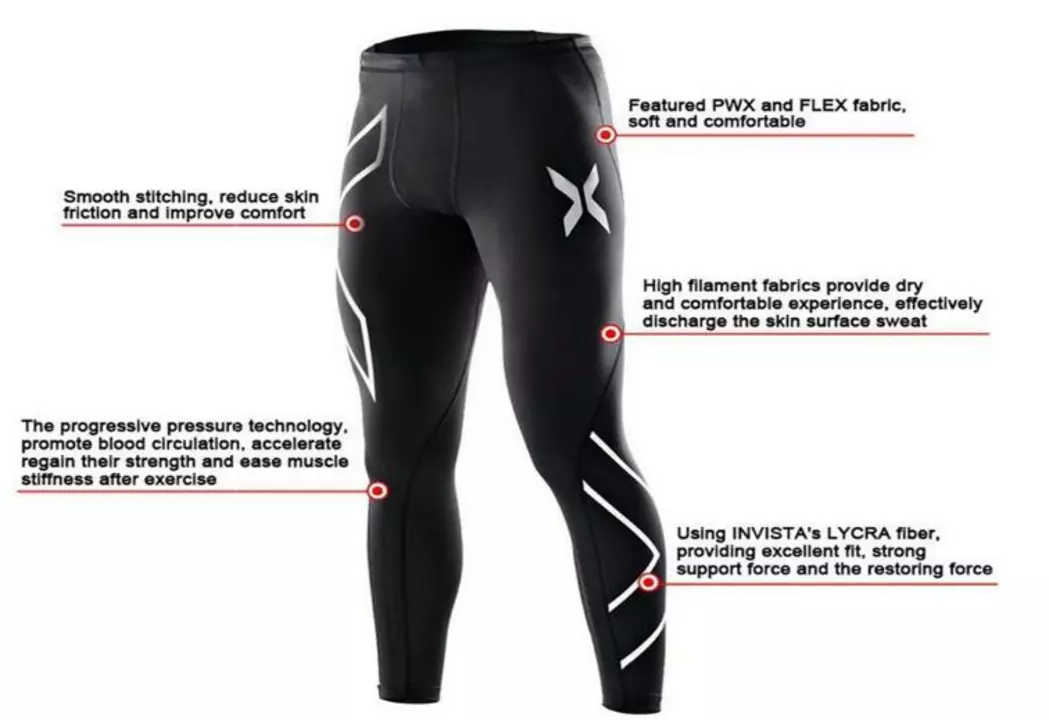Proper Fit: Your Guide to Cycling & Running Gear That Works
Ever bought a pair of cycling shorts that felt like a rubber band or shoes that left blisters after a short ride? It’s not magic – it’s all about the fit. Getting the right size isn’t just about looking good; it determines comfort, performance, and how long your gear will last. Below are straightforward steps to nail the proper fit for the most common pieces of gear you’ll use on the road or trail.
Cycling Shorts and Shoes: Size Matters
Start with the basics: measure your waist and inseam. For shorts, the waist should sit snugly on your hips without digging in. Many brands label sizes as S, M, L, but the actual measurements can vary. Grab a tape measure, note the number of centimeters, and compare it to the brand’s size chart. If you’re between sizes, lean towards the larger one – you can always tighten with a belt, but you can’t make a tight pair looser.
The chamois pad is the real deal‑breaker. A good pad follows the curve of your sit bones and sits flat against your skin. If it rides up or feels lumpy, the cut is wrong. Try a pair in the store, sit on a bike, and pedal a few minutes. The pad should stay put and feel cushioned, not painful.
Shoes are next. Cycling shoes should hug your foot like a glove, especially around the forefoot where the cleat attaches. Check the toe box – you need a thumb’s width of wiggle room. Tightening the straps or BOA dial should lock the foot without pinching. When you stand, your heel should stay in place; if it lifts, the shoe is too loose.
Don’t forget the cleat position. Even a perfectly fitting shoe can feel off if the cleat is misaligned. Set the cleat so the ball of your foot aligns with the pedal axle. Most bike shops will tweak it for you, and it makes a huge difference in knee comfort.
Running Gear: Getting the Right Fit
Running shoes follow a similar rule: measure your foot at the end of the day (feet swell). Look for a shoe that’s about a thumb’s width longer than your longest toe. The heel should sit snugly but not crush. Try on both shoes, run in place, and see if your foot slides forward – if it does, you need a longer size.
Compression socks and leggings also need attention. They should feel supportive, not restrictive. If you notice lines or a tugging sensation, size up. The fabric should move with you, not hold you back.When it comes to apparel, consider the material. Moisture‑wicking fabrics stretch a bit when you sweat, so a slightly tighter fit when dry is fine. However, avoid anything that cuts off circulation – you’ll feel it fast.
Finally, keep your gear records. Note the brand, model, and size you bought and how it felt after a few rides or runs. That reference speeds up future purchases and helps you spot patterns – maybe you always need a wider toe box or a lower drop shoe.
Getting the proper fit isn’t a one‑time thing. As you train, your body changes, and your gear should evolve too. Check the fit every few months, especially after a growth spurt, weight change, or long break from activity. A little time spent on sizing now saves you from pain, wasted money, and missed training later.
So next time you’re gearing up, grab a tape measure, try the gear on your bike or by jogging in place, and trust the feel. Proper fit equals better performance, fewer injuries, and more enjoyment on every ride or run.


